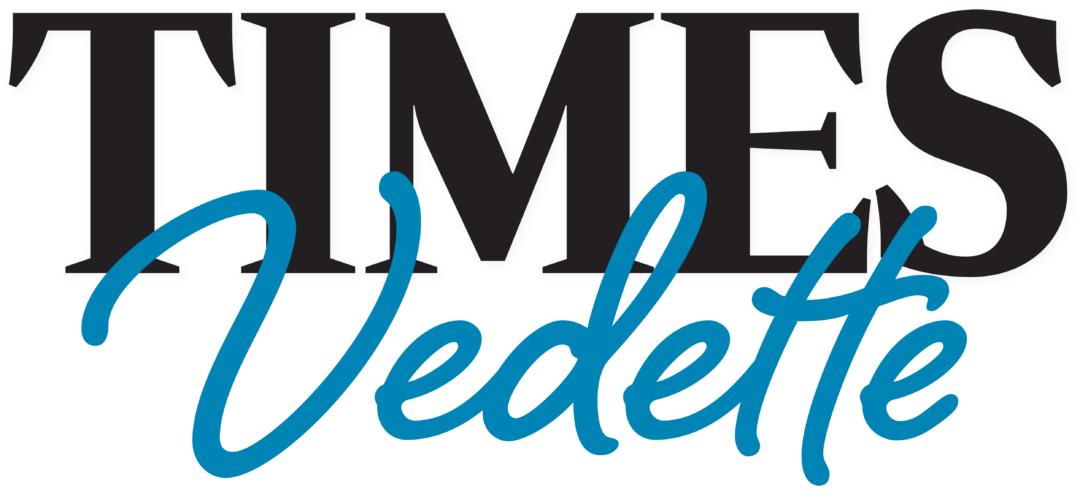Shake your boots

I received much advice from the farmers I worked for growing up, but one simple instruction really sunk in. Each day when I would come out to the farm to do chores, I would slip on a pair of large rubber boots. When I say large, I mean up-to-your-knees large. I quickly learned to appreciate these boots when scooping liquid hog manure from the concrete pads referred to as “open fronts.” These boots were rinsed off each day and left to dry in the shop area of one of the machine sheds, ready for the next day’s work.
But before slipping these on each day, I was advised to turn them upside down and give them a shake. “You never know what might be inside them,” I was told. Seemed silly to me. If I felt a corn kernel in there, I would just kick the boot off and shake it out. No biggie. Then one day when putting a boot on, I felt some motion on my leg. Hickory, dickory, dock! Except there was no clock. Just a fast little mouse that scurried from my toes up to my belt line. “You are lucky it didn’t go inside your pant leg,” the farmer told me. He was right.
Ever since then, I turn my boots upside down before putting them on. In fact, to this day, I have a habit of turning every piece of footwear I wear upside down before I put it on. It’s a good practice with an even greater meaning.
How many times in life do we ignore the advice of others and march forward recklessly? Or make a bad hire without thoroughly checking references? Or start a new project without thinking through all the details?
Yes, it is a good practice to turn most everything upside down and give it a good shake before committing — just in case.
Have a terrific Tuesday, and thanks for reading.
Shane Goodman
Editor and Publisher
Times Vedette digital editions
shane@dmcityview.com
641-755-2115
